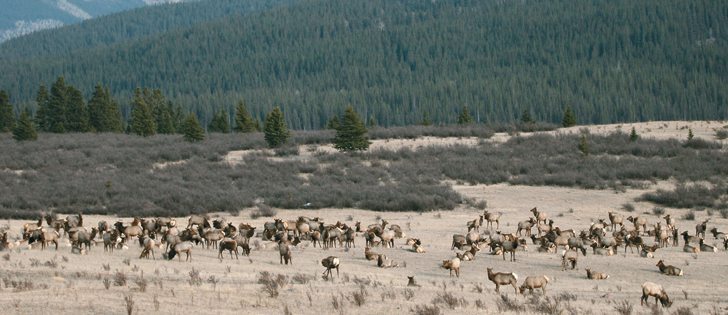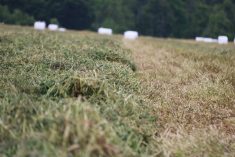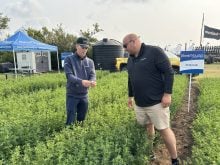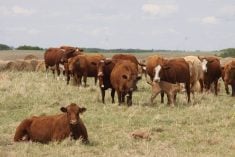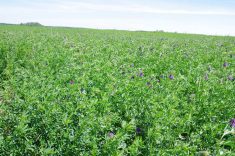Mitigating losses | Eighty-eight percent of those surveyed say wildlife affects their livestock operation
FORT MACLEOD, Alta. — Wildlife affects beef production, but a new study shows more than 60 percent of cattle producers never report damage to crops or livestock resulting from that wildlife.
It doesn’t surprise researchers but is an issue for producers who think more compensation or better programs to deal with wildlife should be made available.
The non-profit Miistakis Institute conducted the study, Cost of Coexistence, in co-operation with Alberta Beef Producers. It was designed to tally producer costs related to wildlife interaction and damage.
Early results show 88 percent of the 672 Alberta cattle producers surveyed said wildlife have affected their livestock operations and half said the economic impact is too great to bear.
Read Also
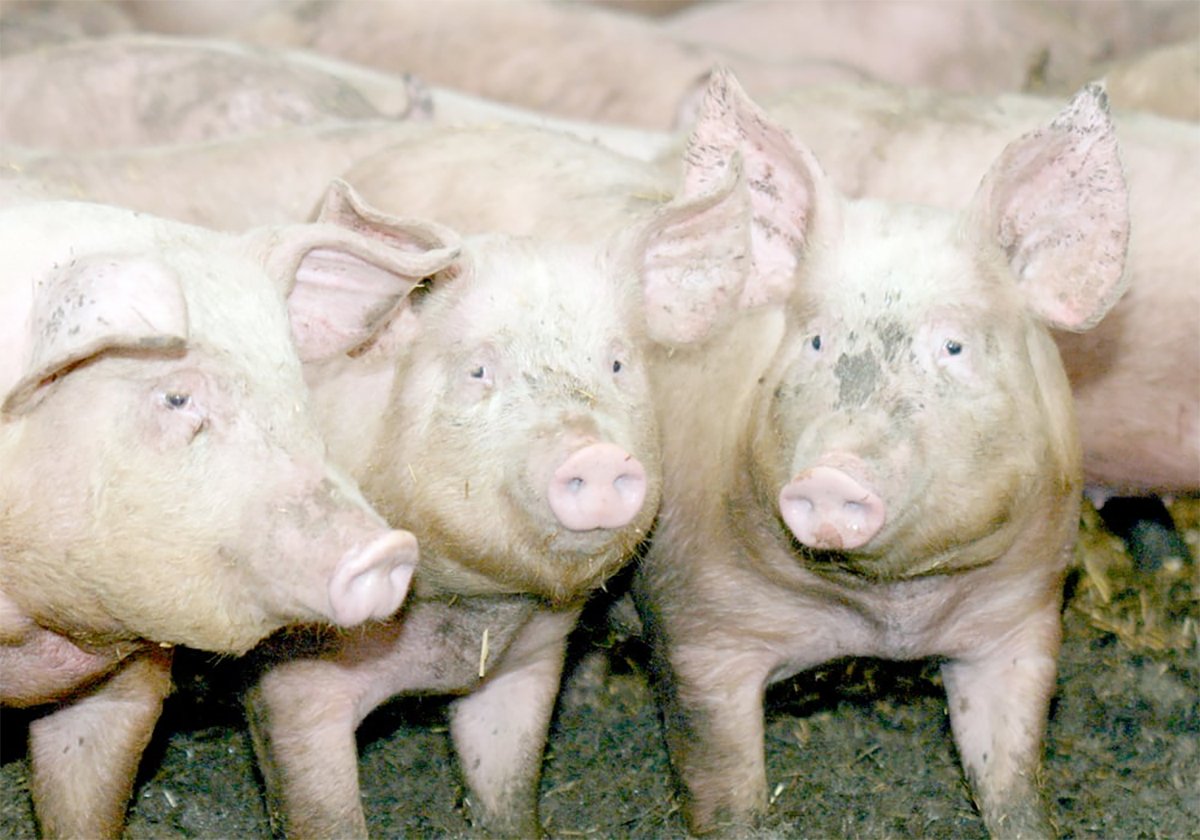
The Western Producer Livestock Report – November 13, 2025
Western Producer Livestock Report for November 13, 2025. See U.S. & Canadian hog prices, Canadian bison & lamb market data and sales insights.
Study results are expected to give ABP reliable data with which to lobby government for changes to compensation and damage mitigation programs.
“What it does is allows us to talk to government with one voice,” said ABP Zone 2 director Darren Bevans.
“Please report your losses, whether you think you’re going to get paid or not. If we don’t report, Fish and Wildlife, they don’t know how big of a deal it is. If they just hear from a few of us, it’s just a few whining producers. If they hear from a lot of us, it’s a big deal.”
Kim Good of Miistakis, who presented preliminary findings Oct. 27 to producers in ABP’s Zone 2, said there were relatively few surprises except for the number of producers who aren’t aware of the compensation and mitigation programs that are available.
“Compensation programs aren’t being used to the extent of the problem,” Good said in an interview after her presentation.
“Producers aren’t happy, which means wildlife aren’t going to be happy either.”
Figures showed nearly 80 percent of producers don’t report losses from deer, elk and other ungulates, and more than 60 percent don’t report losses from large carnivores.
Most producers said they didn’t report damage to forage and crops from deer, elk and moose because the potential return wasn’t worth it for the time required.
Others said they found it difficult to measure the amount of damage or they disliked dealing with government.
Many producers said they didn’t report damage from coyotes, cougars, bears and other large carnivores because the burden of proof was too high. Compensation is provided only if there is definitive proof the livestock was killed by a large carnivore, which is not always possible.
Damage from birds was also part of the survey, with a high number of producers reporting livestock issues with ravens. The large birds eat the eyes, tongues and rectums of newborn calves.
Survey results found that 75 percent of producers felt it important to know the health of the wild carnivore population, and 83 agreed it was important regarding ungulates.
Eighty-eight percent agreed wildlife affects landowners, and 81 percent agreed that problem wildlife must be removed when costs from their damage become too high.
Eighty percent said wildlife is an important part of nature that comes with land ownership, and 71 percent said the responsibility of ensuring healthy wildlife is borne unevenly by agricultural landowners.
Wildlife impact and type vary by region, but Good said the results were averaged across the province. Figures show deer, elk and other ungulates most affect producers in terms of standing and stored feed. Large carnivores were the next biggest issue, followed by birds.
The greatest concern was economic loss, followed by livestock safety, time required to deal with problems, potential disease transmission and human safety.
Good said survey results will be discussed at zone meetings and with ABP’s wildlife committee. It may result in specific recommendations, which will be discussed at ABP’s annual meeting in December.


